Introduction to Classical Mechanics: With Problems and Solutions by David Morin, ISBN-13: 978-0521876223
[PDF eBook eTextbook]
- Publisher: Cambridge University Press; 1st edition (February 4, 2008)
- Language: English
- 734 pages
- ISBN-10: 0521876222
- ISBN-13: 978-0521876223
Supplementary textbook for all levels of undergraduate physics courses in classical mechanics.
This textbook covers all the standard introductory topics in classical mechanics, including Newton’s laws, oscillations, energy, momentum, angular momentum, planetary motion, and special relativity. It also explores more advanced topics, such as normal modes, the Lagrangian method, gyroscopic motion, fictitious forces, 4-vectors, and general relativity. It contains more than 250 problems with detailed solutions so students can easily check their understanding of the topic. There are also over 350 unworked exercises which are ideal for homework assignments. Password protected solutions are available to instructors at www.cambridge.org/9780521876223. The vast number of problems alone makes it an ideal supplementary text for all levels of undergraduate physics courses in classical mechanics. Remarks are scattered throughout the text, discussing issues that are often glossed over in other textbooks, and it is thoroughly illustrated with more than 600 figures to help demonstrate key concepts.
Table of Contents:
Preface page xiii
1 Strategies for solving problems 1
1.1 General strategies 1
1.2 Units, dimensional analysis 4
1.3 Approximations, limiting cases 7
1.4 Solving differential equations numerically 11
1.5 Problems 14
1.6 Exercises 15
1.7 Solutions 18
2 Statics 22
2.1 Balancing forces 22
2.2 Balancing torques 27
2.3 Problems 30
2.4 Exercises 35
2.5 Solutions 39
3 Using F = ma 51
3.1 Newton’s laws 51
3.2 Free-body diagrams 55
3.3 Solving differential equations 60
3.4 Projectile motion 65
3.5 Motion in a plane, polar coordinates 68
3.6 Problems 70
3.7 Exercises 75
3.8 Solutions 84
4 Oscillations 101
4.1 Linear differential equations 101
4.2 Simple harmonic motion 105
4.3 Damped harmonic motion 107
4.4 Driven (and damped) harmonic motion 109
4.5 Coupled oscillators 115
4.6 Problems 120
4.7 Exercises 122
4.8 Solutions 127
5 Conservation of energy and momentum 138
5.1 Conservation of energy in one dimension 138
5.2 Small oscillations 147
5.3 Conservation of energy in three dimensions 148
5.4 Gravity 152
5.5 Momentum 156
5.6 The center of mass frame 161
5.7 Collisions 164
5.8 Inherently inelastic processes 167
5.9 Problems 173
5.10 Exercises 180
5.11 Solutions 194
6 The Lagrangian method 218
6.1 The Euler–Lagrange equations 218
6.2 The principle of stationary action 221
6.3 Forces of constraint 227
6.4 Change of coordinates 229
6.5 Conservation laws 232
6.6 Noether’s theorem 236
6.7 Small oscillations 239
6.8 Other applications 242
6.9 Problems 246
6.10 Exercises 251
6.11 Solutions 255
7 Central forces 281
7.1 Conservation of angular momentum 281
7.2 The effective potential 283
7.3 Solving the equations of motion 285
7.4 Gravity, Kepler’s laws 287
7.5 Problems 296
7.6 Exercises 298
7.7 Solutions 300
8 Angular momentum, Part I (Constant Lˆ ) 309
8.1 Pancake object in x-y plane 310
8.2 Nonplanar objects 316
8.3 Calculating moments of inertia 318
8.4 Torque 322
8.5 Collisions 328
8.6 Angular impulse 331
8.7 Problems 333
8.8 Exercises 339
8.9 Solutions 349
9 Angular momentum, Part II (General Lˆ ) 371
9.1 Preliminaries concerning rotations 371
9.2 The inertia tensor 376
9.3 Principal axes 383
9.4 Two basic types of problems 388
9.5 Euler’s equations 393
9.6 Free symmetric top 396
9.7 Heavy symmetric top 399
9.8 Problems 415
9.9 Exercises 421
9.10 Solutions 428
10 Accelerating frames of reference 457
10.1 Relating the coordinates 458
10.2 The fictitious forces 460
10.3 Tides 471
10.4 Problems 477
10.5 Exercises 482
10.6 Solutions 486
11 Relativity (Kinematics) 501
11.1 Motivation 502
11.2 The postulates 509
11.3 The fundamental effects 511
11.4 The Lorentz transformations 523
11.5 Velocity addition 529
11.6 The invariant interval 533
11.7 Minkowski diagrams 536
11.8 The Doppler effect 539
11.9 Rapidity 543
11.10 Relativity without c 546
11.11 Problems 549
11.12 Exercises 556
11.13 Solutions 565
12 Relativity (Dynamics) 584
12.1 Energy and momentum 584
12.2 Transformations of E and p 594
12.3 Collisions and decays 596
12.4 Particle-physics units 600
12.5 Force 601
12.6 Rocket motion 606
12.7 Relativistic strings 609
12.8 Problems 611
12.9 Exercises 615
12.10 Solutions 619
13 4-vectors 634
13.1 Definition of 4-vectors 634
13.2 Examples of 4-vectors 635
13.3 Properties of 4-vectors 637
13.4 Energy, momentum 639
13.5 Force and acceleration 640
13.6 The form of physical laws 643
13.7 Problems 645
13.8 Exercises 645
13.9 Solutions 646
14 General Relativity 649
14.1 The Equivalence Principle 649
14.2 Time dilation 650
14.3 Uniformly accelerating frame 653
14.4 Maximal-proper-time principle 656
14.5 Twin paradox revisited 658
14.6 Problems 660
14.7 Exercises 663
14.8 Solutions 666
Appendix A Useful formulas 675
Appendix B Multivariable, vector calculus 679
Appendix C F =ma vs. F =dp/dt 690
Appendix D Existence of principal axes 693
Appendix E Diagonalizing matrices 696
Appendix F Qualitative relativity questions 698
Appendix G Derivations of the Lv/c2 result 704
Appendix H Resolutions to the twin paradox 706
Appendix I Lorentz transformations 708
Appendix J Physical constants and data 711
References 713
Index
David Morin is Lecturer on Physics at Harvard University. He received his Ph.D. in theoretical particle physics from Harvard in 1996. When not writing physics limericks or thinking of new problems whose answers involve e or the golden ratio, he can be found running along the Charles River or hiking in the White Mountains of New Hampshire.
What makes us different?
• Instant Download
• Always Competitive Pricing
• 100% Privacy
• FREE Sample Available
• 24-7 LIVE Customer Support

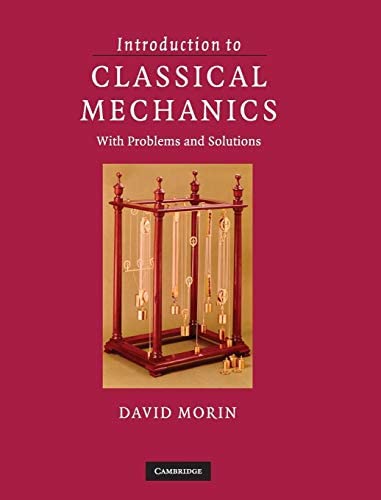
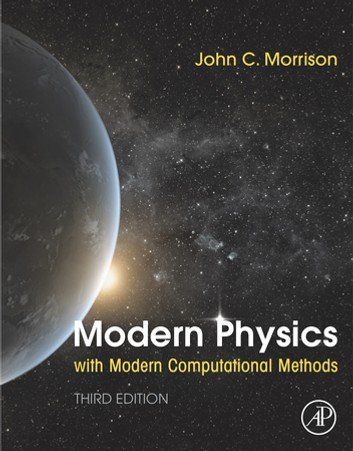
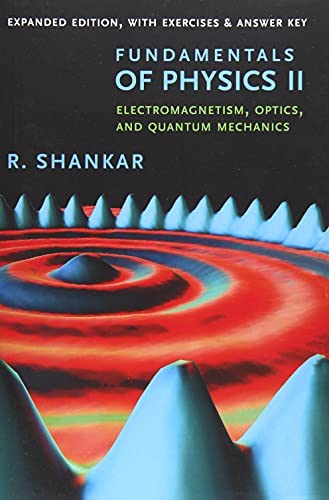
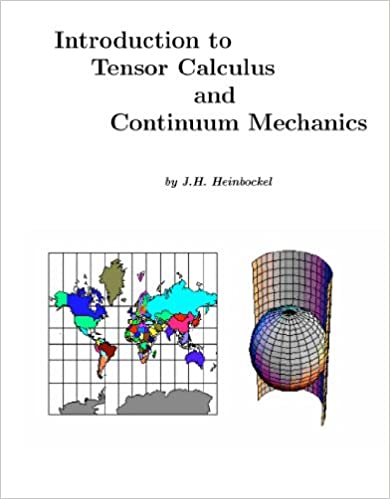
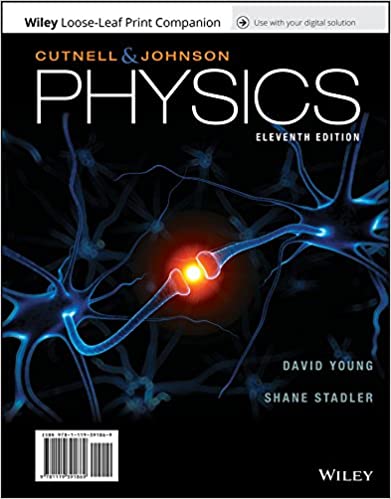
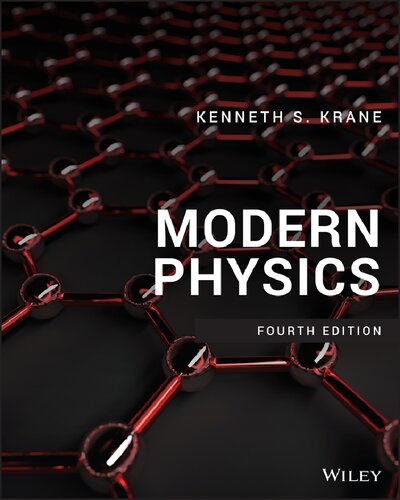
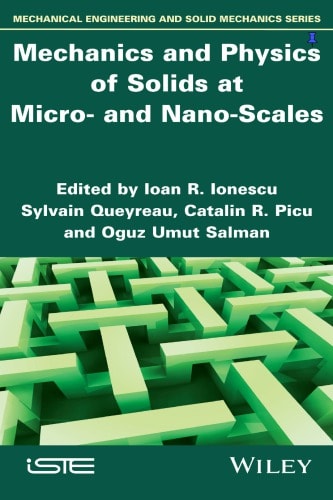
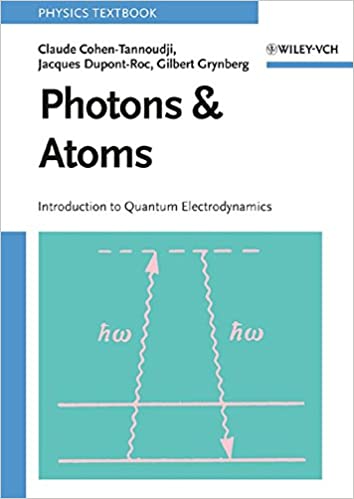
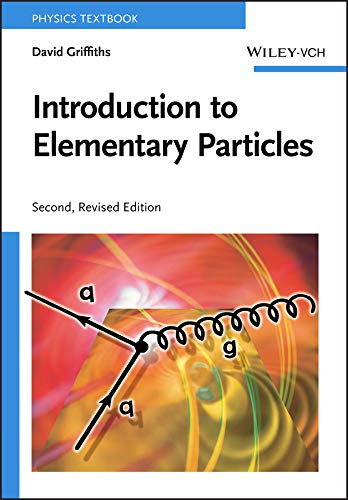

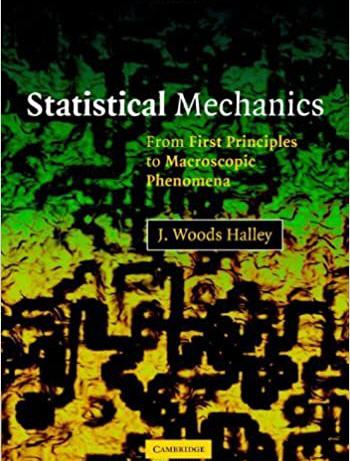
Reviews
There are no reviews yet.